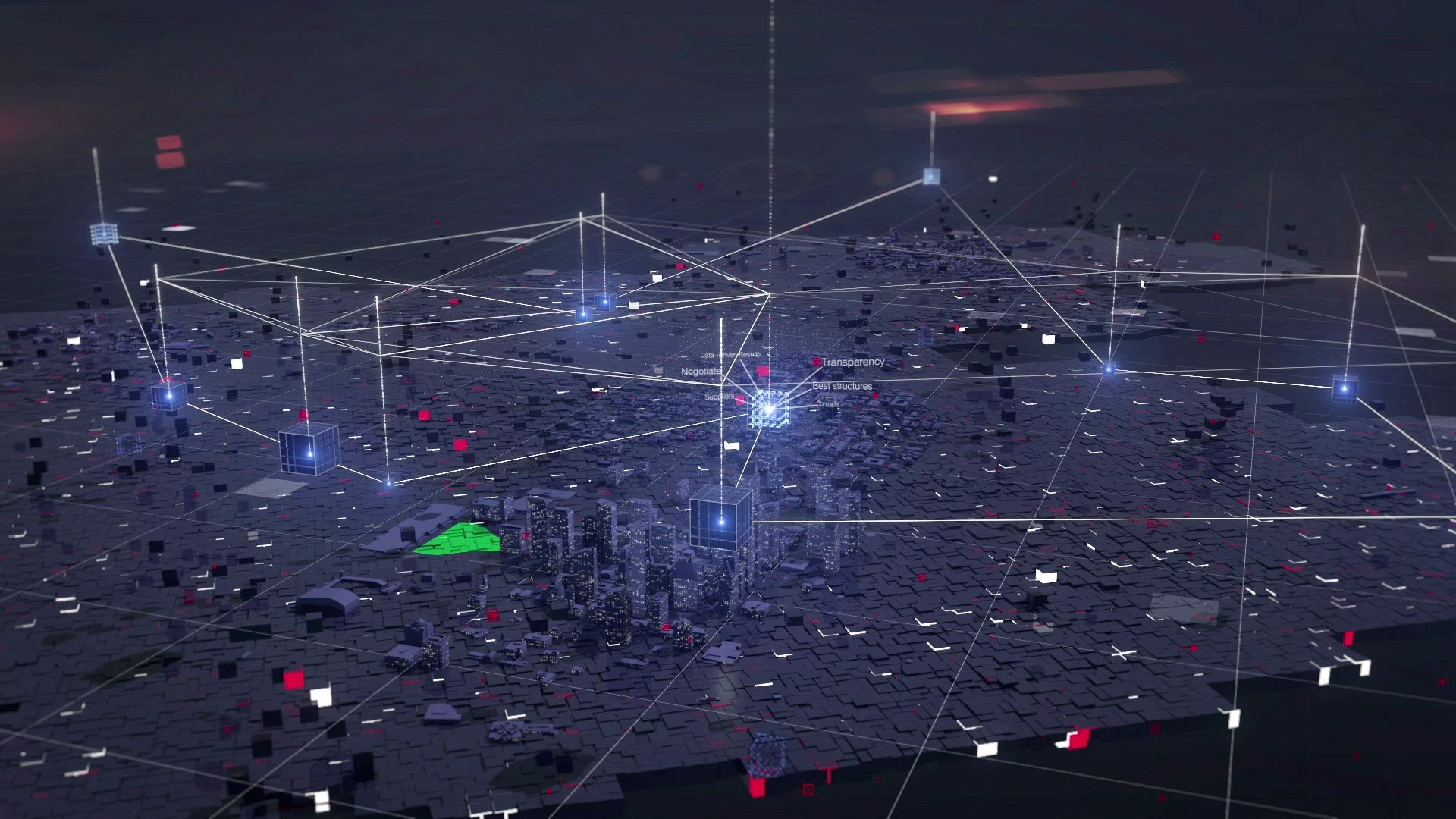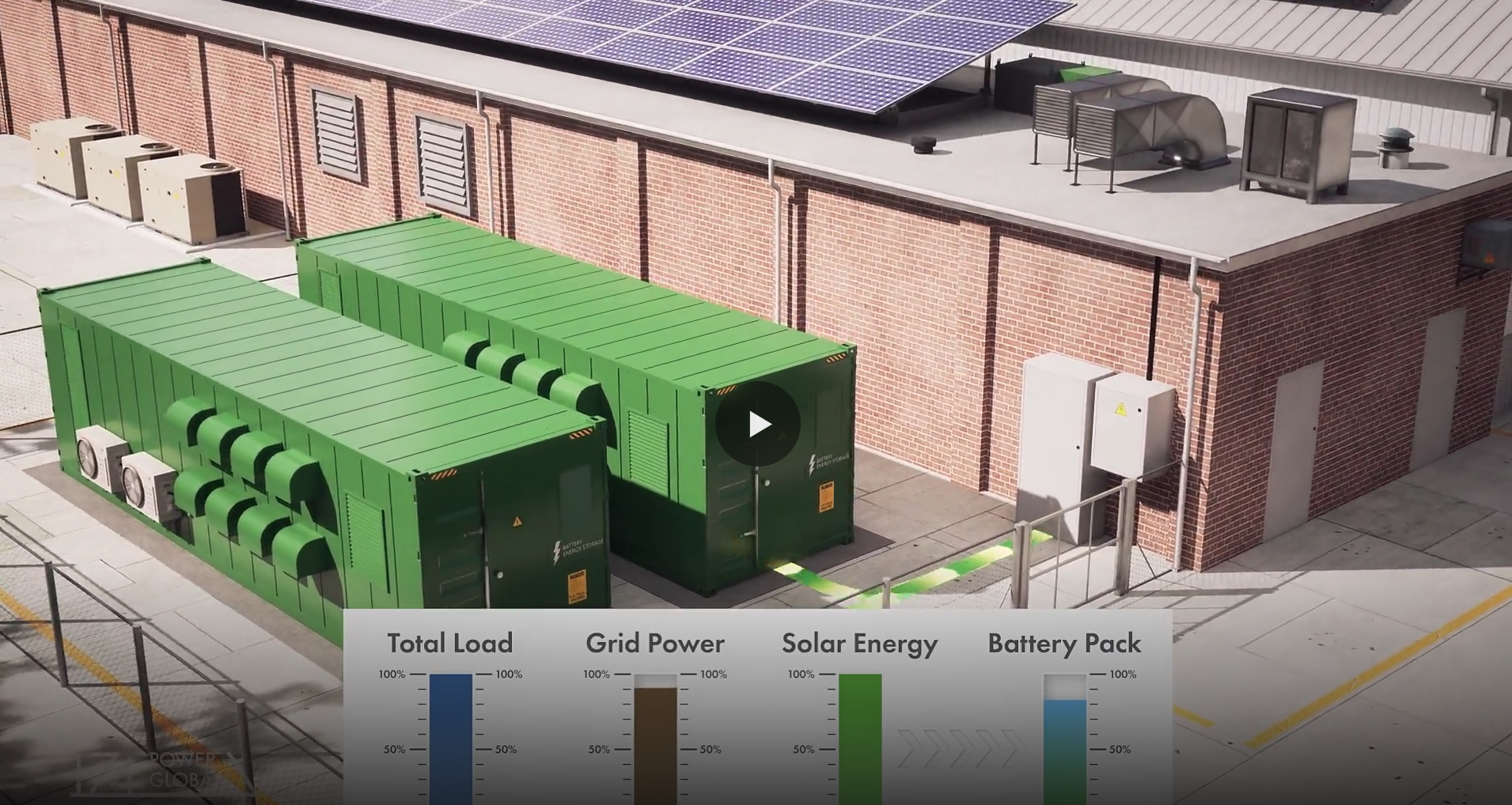What is Electricity?
Pre-Production
Concept & Scripting
“What is Electricity?” started with a straightforward but powerful question: how do we explain electricity in a way that’s visual, clear, and fun for a general audience? This project leaned fully into the explainer video format, with scripting that was focused, metaphor-driven, and accessible. The narrative opened with a hook—showing electricity as the force behind everything from phones to toys—then broke the science down using a smart mix of real-world references and conceptual visuals. Voiceover and music were approved early in the process, including a pro-recorded narration and a licensed ambient track.
The title itself—“What is Electricity?”—wasn’t just a label. It kicked off a major shift in the narrative. The text visually broke apart into abstract dots, then morphed into a new scientific idea. That move reflected the whole approach of the animation: use metaphor and clean transitions to turn abstract science into something visual and easy to follow.
Rapid Prototyping (RP)
We handled all the 3D work in Cinema 4D, and compositing/interface integration in After Effects. During prototyping, we built the technical backbone. A low-poly Earth was modeled from real map data, stylized for clarity. A satellite orbited the planet to introduce the idea of a connected world—laying the groundwork for electricity as a global concept. That zoomed into an isometric neighborhood, filled with varied house types created using C4D’s Cloner tool. Early motion was layered in—cars moving, lights flickering, transmission lines humming overhead—all subtly hinting at the energy theme.
Transitions were core to the storytelling, not just decoration. We tested multiple zooms, pans, and morphs to make the narrative feel seamless. The smartphone in the opening? That came together using a Fracture object with a Random Scale Effector in C4D, giving it a pop of energy as it built itself on screen. That same phone dissolved into a classroom scene, where a stylized kid reaches for a shoe.
Both the classroom and the kid character were created from scratch. The boy was rigged and animated in a simple style that still felt human. When the story moved into atomic theory, we built an atom with animated electrons, complete with motion trails to emphasize movement. The atom was cloned into an array to represent matter, marking a shift from macro to micro.
Early Visual Styles Explored
Before we hit production, we built a moodboard exploring different takes on the low-poly look. That visual board helped us keep the internal direction aligned with client expectations. We compared styles around simplicity, color, and composition—focusing on clarity, minimalism, and bright visual pops. We locked into an isometric grid that gave us clean spatial relationships without clutter.
Color was carefully considered. The palette leaned bright and open, with blues for backgrounds and sharp contrast for anything electrical. We weren’t chasing realism—we were focused on making the science approachable. Simplified shapes worked as analogies, giving viewers a way into complex concepts.
Prototyping Animation Concepts
Animation logic was dialed in shot by shot during the prototyping phase. Transitions—like zooming from a shoe into a molecule—had to feel smooth and intentional. We often combined 3D elements with 2.5D transitions to keep the motion flowing. Early tests proved we could keep things dynamic without losing the clean structure of the isometric layout.
C4D’s Cloner tool was used across the board—not just for buildings or atoms, but for testing ideas like motion trails and visual depth. Rapid testing let us fine-tune everything: how deep a zoom should go, how objects should move, and how the whole thing should feel frame-to-frame.
Client Feedback Shaping Direction
Client input helped shape some of the project’s key visual moments. During a section on electric current and atomic imbalance, the client asked for a more charged-up visual cue. They wanted that scene to really feel electric. We turned up the glow effects, boosted lighting bursts, and tightened animation timing to make the shift more impactful and clear.
Other notes showed strong buy-in early on—especially on the atomic visuals and the classroom scene. Words like “really awesome” and “amazing stuff” made it clear the look and feel were landing well. Midway through, we also updated the audio mix to better sync with revised visuals.
Style Choices and Reasoning
Choosing a low-poly isometric style wasn’t just aesthetic—it was a strategic choice. Electricity is a tough subject to visualize. By simplifying the forms and using metaphor-rich layouts, we turned complex science into something digestible. This aligned with our own internal standards for conceptual 3D work: prioritize clarity, use metaphor, and avoid overcomplication.
Every design element was picked with intention. The classroom gave viewers a familiar anchor. The shoe served as a literal and visual entry point into the idea of matter. The atom—with orbiting electrons and radiant glow—became a dynamic symbol of invisible energy. Color was used to guide the eye: warm tones for flow and energy, cooler shades for structure, dark backdrops for contrast. Every frame was doing the job of making abstract science visual, clean, and easy to follow.
Production (Full Production / FP)
Look Development
As full production kicked off, the focus shifted to sharpening every visual decision made in prototyping. Lighting became a top priority. In the town sequences, we introduced night lighting to simulate real-world energy use—home windows flickered with light, and car headlights moved through the streets. These additions didn’t just look good; they helped ground electricity as part of everyday life while deepening the scene. Transmission lines were threaded through the isometric town to illustrate the infrastructure behind electricity, and these wires were carefully laid out to support upcoming animations of glowing current.
On the atomic level, lighting did a different job: showing electron movement and electrical charge. Tracers and emissive materials were used to give electrons flowing light trails—elegant and subtle, helping people see a concept that’s usually invisible. These details added polish without overwhelming the core message.
Design & Animation
With layout and structure already dialed in during prototyping, this phase was all about animation precision and visual storytelling. The isometric town—built using a mix of hand-placed and Cloner-generated elements—was finalized with updates to materials, lighting, and subtle life like moving cars and glowing wires. Camera motion was smoothed out to keep the parallax feel controlled and clean.
The classroom came together as a minimalist but lived-in environment. The boy character, custom-built and rigged, anchored the storyline. One of the trickiest sequences—his movement triggering a zoom-in from the classroom into atomic space—needed to be both spatially and narratively fluid. The camera dove into the shoe, passed through a world of atoms, and kept zooming until individual protons, neutrons, and electrons appeared. That seamless movement was made possible by combining geometric scaling with shot stitching.
We also enhanced animations like the phone assembly and battery charging. The phone emerged using a fracture setup and Random Effector for a punchy, energetic feel. The satellite circling the Earth got final motion refinements to maintain the global connectivity theme.
One of the strongest visual payoffs—the current flow scene—was built around the transformation of atomic electrons into full-scale power lines. Electrons animated in a flowing path that zoomed out into literal wires, then streets, then a town bathed in artificial light. This was a narrative hinge: showing electricity traveling from atoms to homes.
Style Choices and Reasoning
Every production choice reinforced a style that was simple, educational, and engaging. The low-poly isometric look stuck because it worked—it helped explain complexity without losing the viewer. Abstraction kept the focus sharp; stylization made the ideas land.
Color drove the visual logic. A deep blue background unified every scene, while key colors—mainly orange and white—were used to indicate energy and movement. This visual language scaled with the story: from the atomic to the neighborhood level, electricity always looked and behaved the same.
The visual metaphors stayed grounded in everyday stuff: a shoe, a classroom, a smartphone. These familiar cues helped make abstract science feel tangible. The atom, though stylized, was full of life—thanks to thoughtful glows, orbitals, and motion.
Technical Details
The entire piece was built and rendered in Cinema 4D. Cloner was critical—used for town layouts, atomic arrays, and moving vehicles. Fracture and Random Effectors gave motion to builds like the smartphone. Each shot had its own lighting scheme to ensure clarity and contrast, and every render pass included emission channels to support glowing effects in post.
Transitions were engineered from the start to allow smooth, camera-driven movement through different environments. Zooms connected scenes—Earth, town, classroom, atom—into a logical flow. Electrons were animated with orbit constraints and motion tracers to capture electric motion in 3D.
Final renders were split into layers for compositing in After Effects. That meant emissive, background, and object passes could be fine-tuned separately for maximum control during post.
Challenges and Solutions
The biggest challenge: making electricity visual and intuitive. We solved that by stacking visual metaphors—from macro to micro, every scene flowed into the next with purpose. Another tough spot: getting electric current to feel dynamic. Early versions fell flat, but we dialed in timing, added motion and glow layers, and restructured shots to bring it to life. The end result was a visually charged sequence that helped make electricity feel alive.
Post-Production & Delivery
Final Compositing & Color Grading
Once all 3D renders were exported from Cinema 4D, the project moved into its final phase: compositing and post in After Effects. This is where the animation gained its final layer of polish. Using the emission passes generated during production, we layered in glow effects to highlight energy paths, electron activity, and atomic interactions. These overlays weren’t just eye candy—they reinforced motion and energy across the entire piece.
Color correction and grading locked in visual consistency. A deep blue background anchored every scene, creating a calm but scientifically precise visual tone. We fine-tuned lighting bursts, shadows, and highlights to guide the viewer’s attention—especially during macro-to-micro transitions. Titles and visual reveals were refined for legibility and clarity, keeping everything readable without visual clutter.
We used the Plexus plugin to build animated 3D dot fields and particle arrays. These effects helped represent atomic-scale structures and gave the visuals a tech-forward, scientific edge that matched the subject matter.
Text annotations were added directly in After Effects. Clean, sans-serif labels for “Protons,” “Neutrons,” and “Electrons” were placed around the atom scene. These animated in with subtle fades and tracked cleanly with motion to stay readable and on-brand.
Visual effects really pulled their weight in the energy scenes—especially in sequences where electrons were in motion or current was forming. Glow passes enhanced the Cinema 4D tracers, turning simple motion into something you could feel. In the town shots, wire glows and illuminated buildings made the idea of electricity more immersive and grounded in daily life.
The atomic scenes relied on smart layering to bring abstract ideas to life. Light particles, motion blur, and subtle glows added complexity without noise. The goal was always clarity—effects were applied sparingly and intentionally.
Infographics, UI Overlays, and Data Visualization
Post-production was also where educational clarity got locked in. The atom scene labels were positioned with purpose, making sure the visuals explained themselves without needing a narrator. All labels were added in compositing, letting us tweak timing and positioning without touching the original 3D renders.
The smartphone charging sequence included a battery icon added in post. That UI detail helped tie electricity to everyday experience. As the phone assembled, the battery icon animated into place—bridging abstract science with real-life relevance.
Brand Consistency
Even though this was an educational piece, brand alignment still mattered. We selected typography that was clean, modern, and easy to read. All onscreen text followed consistent rules: same size, alignment, spacing, and animation behavior.
The visual style—crisp, modern, and a little playful—never wavered. From the boy in the classroom to the animated electrons, the tone stayed accessible without dumbing anything down. The entire film felt like it came from one consistent creative world.
Delivery
The finished film was delivered in 1080p in two formats: H.264 for everyday use and ProRes for high-quality playback. Both versions were optimized for color accuracy, motion smoothness, and digital compatibility.
Each scene was synced to the final audio mix—complete with the updated voiceover and ambient music.
The final deliverable brought science to life in a way that was clear, engaging, and visually sharp—wrapping complex ideas in a low-poly, high-impact story.
Transcript:
Electricity is everywhere in our lives. It lights up our homes, powers our toys, keeps our cars running, and charges our favorite devices.
But what is electricity? Where does it come from? How does it work?
To understand this, let's first start by understanding matter. Everything around you is made of matter. Your shoes, your classroom, even you are made up of matter. If you go deeper, you discover that matter is made up of atoms. And atoms are made of a smaller, equal number of particles called protons, neutrons, and electrons.
The miracle of electricity happens when an imbalance, a different number of protons and electrons, occurs. Negatively charged electrons can be made to move from one atom to another. When those electrons move between atoms and attach a positively charged protons a current of electricity is created. The electrons move from one atom to another in a flow. Imagine this flow in a cord or a wire. The electricity moves from one end to the other, and you end up with the energy that powers all sorts of things.
Even though electricity is just one of the many forms of energy, it's also one of the most important because it makes modern life possible.




